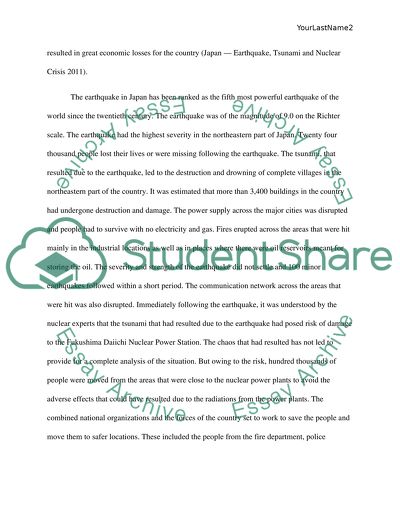Cite this document
(“Japan Earthquake and Tsunami 2011 Term Paper Example | Topics and Well Written Essays - 2250 words”, n.d.)
Retrieved from https://studentshare.org/english/1425019-choose-a-natural-disaster-that-happened-in
Retrieved from https://studentshare.org/english/1425019-choose-a-natural-disaster-that-happened-in
(Japan Earthquake and Tsunami 2011 Term Paper Example | Topics and Well Written Essays - 2250 Words)
https://studentshare.org/english/1425019-choose-a-natural-disaster-that-happened-in.
https://studentshare.org/english/1425019-choose-a-natural-disaster-that-happened-in.
“Japan Earthquake and Tsunami 2011 Term Paper Example | Topics and Well Written Essays - 2250 Words”, n.d. https://studentshare.org/english/1425019-choose-a-natural-disaster-that-happened-in.


